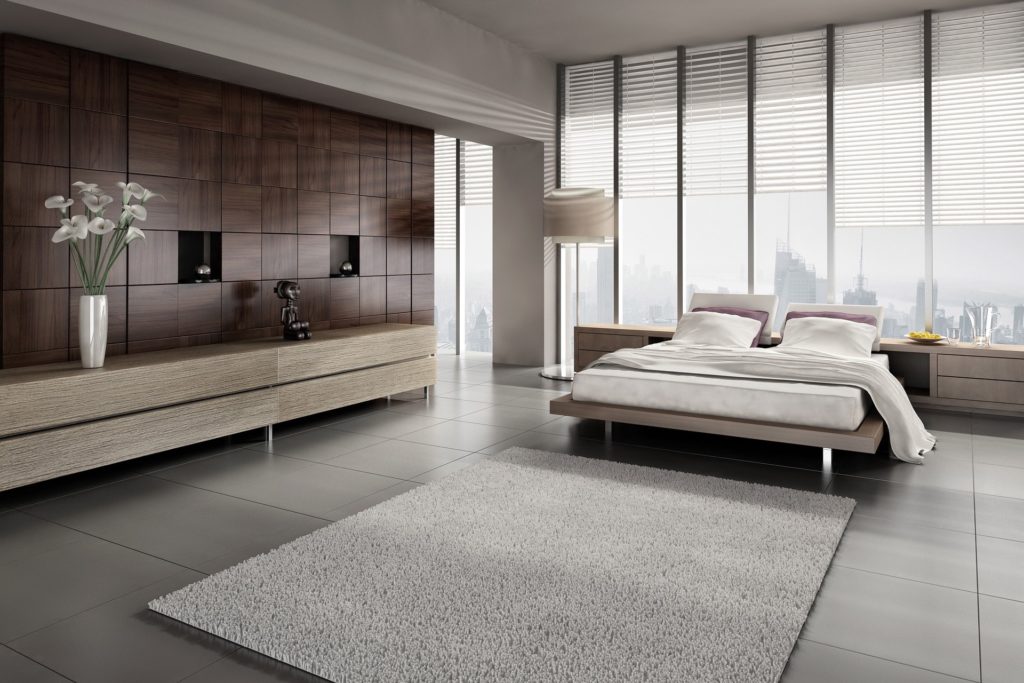
Buying a furnished luxury property and making it profitable through holiday rentals is one of the best ways to pursue resort investment. This has been demonstrated in markets such as Asia and the United States, and the trend is gradually gaining ground in Europe. Under the Branded Residences concept, prestigious hotel brands take over the management of a property as part of their catalog, while the owner can use the property at various times throughout the year.
The topic was discussed at The Resort & Residential Hospitality Forum (R&R), a specialized event in the sector, which took place in Algarve, Portugal from October 17th to 19th. The round table entitled “Branded Residences: the new must-have in leisure developments” was attended by Toni Candini, Director of Business Development at Arum Group. Also participating in the debate were Daniel von Barloewen, Vice President of Residential Development for Accor Hotel Group, and Brett Gregory-Peake, Partner at the international consulting firm Liaison.
Under the moderation of Philip Bacon, Director at the Horwath HTL agency, the speakers agreed that the Branded Residences sector is focused on a market segment with high purchasing power. From an investor’s point of view, however, the cost of the premium services associated with this product are not affordable on a medium scale, or at least not for now. The major hotel brands leading the offer are focused on the luxury sector, but they do not rule out finding a hybrid formula that would allow them to open up to new markets or new demands.
For the moment, the main concern of specialists in Spain is the disparity of legislation both at the European level and in individual regions. The permitted length of stay for property owners who have an apartment intended for tourist use is only two months on the Costa del Sol but can reach up to eleven months in Murcia. “This difference is inherited from the perennially complicated coexistence of tourism and residential properties in the principal tourism destinations. There is no common criterion,” explained Toni Candini during his speech at the event.
Another difficulty affecting the implementation of Branded Residences in resort masterplanning is the mistrust shown by some investment funds and banks due to the lack of information available about this new real estate product for resort investment. This is a challenge of dissemination and education within the scope of residential tourism. However, pushes from major brands like Marriott, Four Seasons and Accor Hotels opens up a world of possibilities for this new market niche which, despite the obstacles it may encounter, has the great advantage that it can be developed in non-mass tourism destinations with available land.
Another advantage, from the client’s point of view, is that it’s very attractive to invest in a residential project with high architectural standards that is completely furnished. When a hotel operator enters the equation, it not only offers first class services to the guests who occupy the property during the holiday season, but also to owners. In addition, the management and maintenance of the product is handled by the hotel operator, offsetting a higher initial investment with real long-term benefits. With more than 400 attendees comprising people interested in resort investment and senior executives from the world of hospitality, R&R once again consolidated its position as an exciting meeting point for analyzing challenges and trends in the world of resort management.



